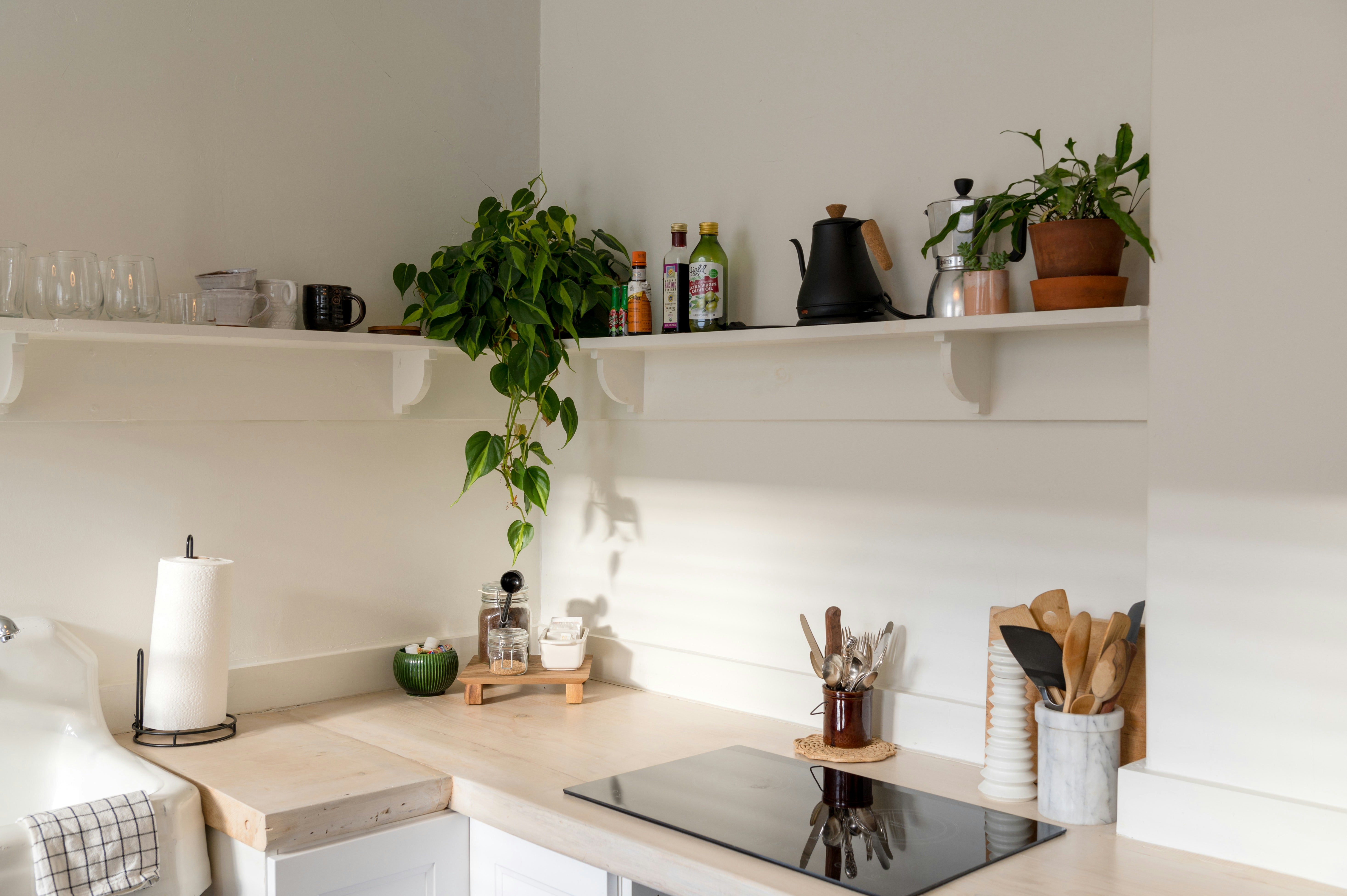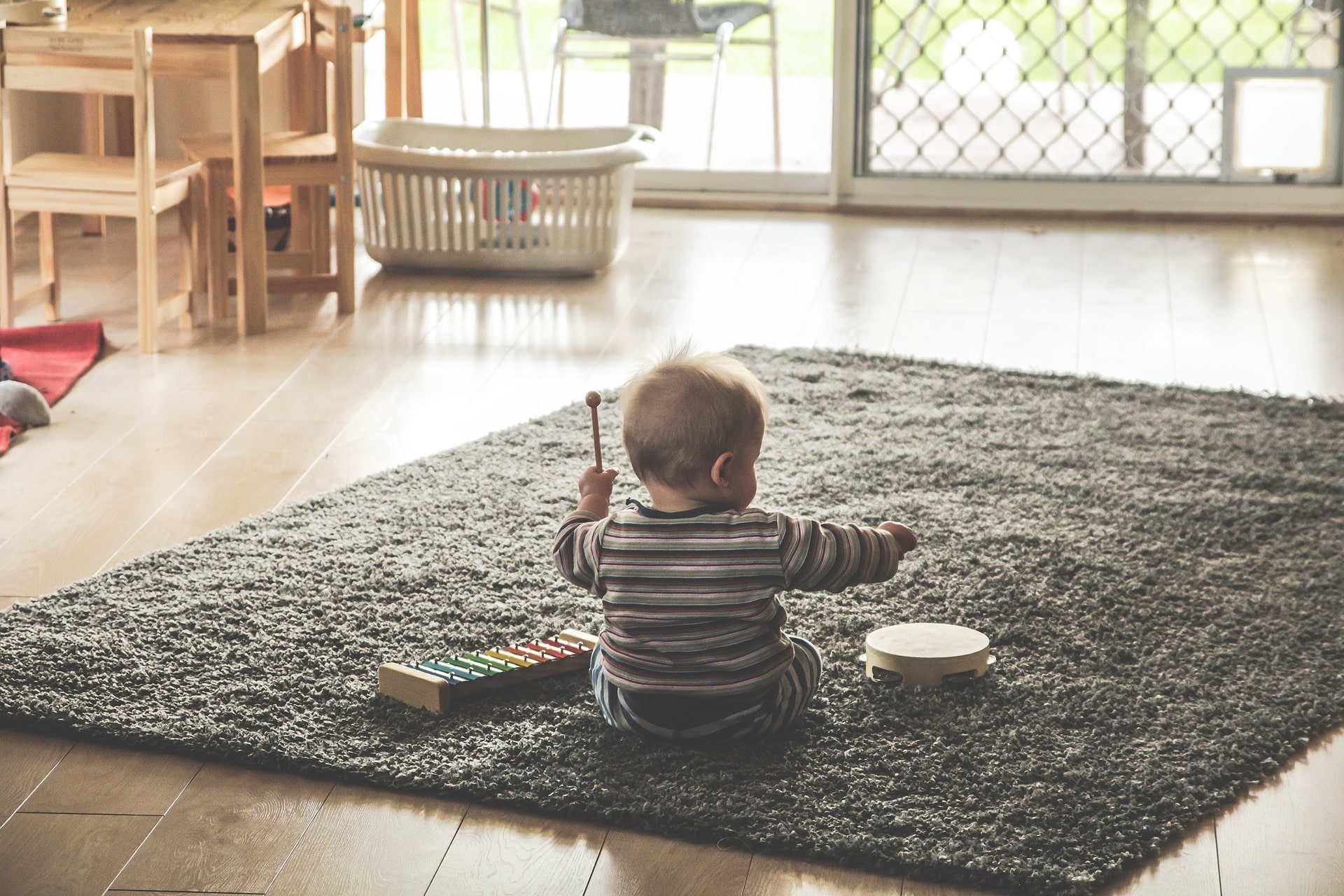The Broken Windows Theory (and What It Means for Your House)

The Broken Windows Theory (and What It Means for Your House)
What does criminology have to do with your kitchen counter? It turns out a heck of a lot! Here's how the Broken Windows Theory (borne from 1980s policing strategies) can help you keep your house clean!
Written by Liz Bayardelle, PhD | See Comments | Updated 01/03/2019
Want to cut to the chase?
Repeating Item Cleaning Plan
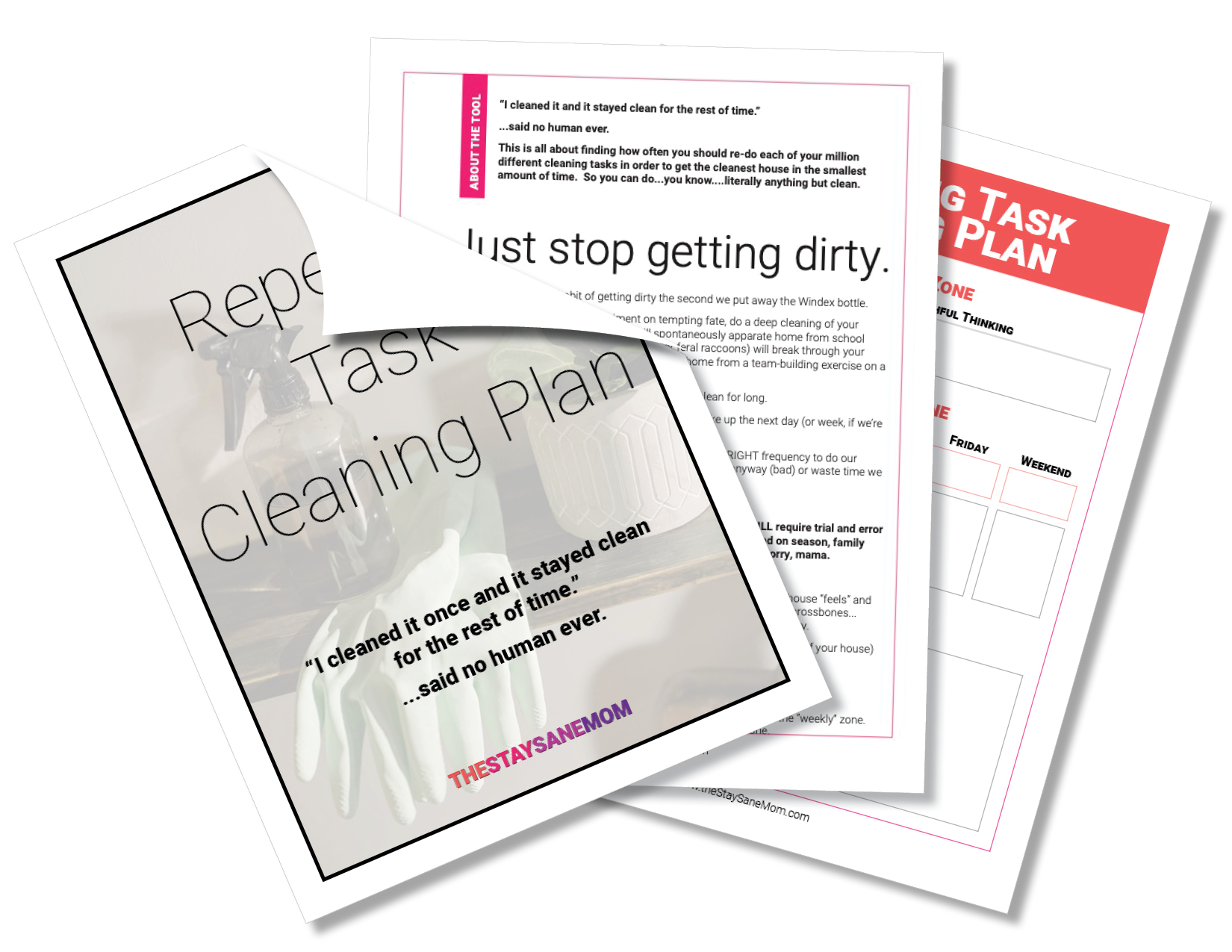
The Broken Windows Theory (and What It Means for Your House)
This post contains some affiliate links for your convenience. Click here to read my full disclosure policy.
It's not often my Masters Degree in Criminology (actually, criminal justice with a concentration in investigative techniques) comes in handy as a parent.
Actually, aside from the glorious day (hopefully VERY far in the future) when one of our girls brings home a boy for the first time and I get to casually spread my homicide investigation textbooks across the table, it's a rare day indeed when I get to tap into that specific part of my academic background.
However, in the never-ending struggle to keep our house looking like a tornado didn't just hit, I have actually had to dip back into my "criminology bag of tricks" for one choice strategy that has made all the difference in our household.
What is the Broken Windows Theory?
The "Broken Windows Theory" is a policing strategy that was created in 1982 and made famous in its use in New York City during the Bratton and Giuliani era.
The broken windows theory states that if you leave a car on the sidewalk in a bad neighborhood it might get vandalized. However, if you leave that same car on the same street with one window broken, it will be completely stripped down within a shockingly small period of time.
Basically, the broken windows theory puts forth the idea that having one broken window (in a car, apartment building, etc.) sends out the message that no one cares about the maintenance of that thing, and therefore invites further crime and disarray.
In policing practice, this theory translated to a crackdown on petty and civil crimes (vandalism, jaywalking, disorderly behavior, etc.) in an attempt to curtail larger or more serious crime.
While the efficacy this theory has been debated for decades by criminological scholars, the efficacy has been close to 100% in keeping our household clean.
So How Do You Go from Petty Theft to Housekeeping?
In criminology, broken windows means that paying attention to the small crimes makes big ones less likely.
When it comes to curtailing the messy behaviors of my toddlernado and face-permanently-in-her-phone teenager, it means that keeping public areas clean and free of clutter prevents them from making huge messes.
While this sounds fairly simplistic and obvious, let's go over an example I'm sure you've seen play out a million times in your household.
A Sample Scenario: The Family Table
Everyone has that all-purpose table.
It's the dinner table when it's time to eat, but it's also where you have your morning *insert caffeinated beverage of choice* and attempt to wrap your mind around your day. When the kids get home, that's where they do their homework. Occasionally you and hubby will spread out there for one of marriage's less fun activities, like paying the bills or organizing your taxes.
This is all well and good until things start to come apart at the seams.
You love the kids doing homework in your line of sight, but you get sick of shoving their papers to the side when it comes to set the table for dinner. Your hubby sets his newspaper down in the morning only for it to adhere itself to the wood via the adhesive of day-old Juicy Juice.
Trust me, I was very aware of the pitfalls of the family table.
Enter, the broken windows theory.
Under the broken windows philosophy of housekeeping, I now make sure that the family table is kept clean, un-cluttered, and not sticky. I do a few sweeps at strategic times during the day (usually right after everyone leaves in the morning and again right before everyone goes to bed).
This means that, whenever a family member carelessly leaves their things on said table, the things they leave stick out like a sore thumb. It's just a big, empty, clean table...except for your empty McDonalds cup.
*insert potent mom glare here*
At first, I wasn't sure if this strategy was actually making a difference until the first day I forgot to clear my morning papers/planner off the table. I went about my day like normal, but it wasn't 30 minutes after everyone had gotten home that the table was completely covered in everyone's junk.
By leaving one thing on the table (and breaking that metaphorical window) I had left the message that the table was open for clutter.
But I Can't Keep Everything Clean All the Time!
No. You can't. You are a woman, not a robot.
However, you can use a tiny bit of strategic analysis to focus on the most common clutter culprits.
Let me explain...
Each house has certain areas that just beg to be messy. For our house, it's the family table, our kitchen counter, and the family room floor. If I had a dime for every toy I've picked up from our family room floor I would be the galactic empress of my own private island and would be waited upon by diamond-encrusted robot maids.
These three areas account for a solid 70%-80% of the nagging I do on a daily basis, so I decided to focus my "broken windows cleaning" to these three areas.
Any time there is anything dirty in any of these key locations, I clean it up immediately (as close to immediately as possible).
Because it's only three areas, it doesn't ruin my day by plunging me into an endless cycle of cleaning, but (I'm not going to lie to you) it did take a solid bit of retraining on my part to make sure they're always clean and clutter-free.
However, now that I make sure these problem areas are free of any clutter, they no longer scream "please put your crap here" to any passing family member.
My teenager knows that she has to pick up her books after she does her homework because everyone would know exactly who left the mess when it's time to set the table for dinner.
I've even adopted the rule that my toddler (she turns 3 this month) has to pick up her toys before we do the next fun thing on our agenda and (after a few days of persuasion, resistance, and the occasional right hook to my jaw) she now takes pleasure in yelling "all clean now" after she picks up her toys.
So Where Does the Junk Go?
Excellent question. You might have deduced that kiddie clutter (or adult clutter, for that matter) does not just vanish into thin air. It's actually very hard to get rid of, especially when it's not yours in the first place.
Enter: the dump boxes.
Family Dump Boxes (aka Why I'm Not Insane Yet)
On each floor of our house, we have a shelf with one box per family member.
Usually, it means a shelf like one of these:
With one of these boxes, labeled with each family member's name:
I also fantasize about one of these bad boys, but haven't gotten around to it yet:
Then, whenever you encounter an object in one of your broken windows problem zones (say, a math textbook on the family table), you simply take it to the nearest dump box and put it in the box for the appropriate family member.
When they go looking for their item later in the day, you adopt an air of utter nonchalance and ask them "did you check your box?"
After a week or so of this, people will start learning two key things:
- Clutter in family areas will result in your stuff being moved (bad).
- Anything they're missing will be in their box (good).
The only sticky wicket here is that you do occasionally have to force them to clean their boxes. I usually use it as a prerequisite for something fun. (i.e. "You can go over to Charlotte's as soon as you put away everything in your box.")
With this system, you get clean public areas (win), a place to put stuff so their clutter doesn't drive you crazy during the day (win), and a clear message that clutter is not welcome in your house (super win).
Try It Out!
Give the system a go for a few weeks. You really only need a few simple steps:
- Figure out the "problem areas" you want to set up as clutter-free zones.
- Set up dump boxes for each family member.
- Vigilantly defend the cleanliness of your clutter-free zones for a week or so while people get used to the new system.
- Watch the magic as your kids begin to reprogram their tornado-like ways!
Let me know how this works in the comments section! Also, if you encounter any problems, let me know what your roadblocks are as well!
Finally, I've attached a "present" of sorts. It's a PDF cleaning schedule that will help you maximize the bang for your buck when it comes to getting a clean house without spending hours scrubbing. I promise you'll love it!
Start Your Next Step
Repeating Item Cleaning Plan

Get Sanity, Delivered to Your Inbox.
Care to Share?
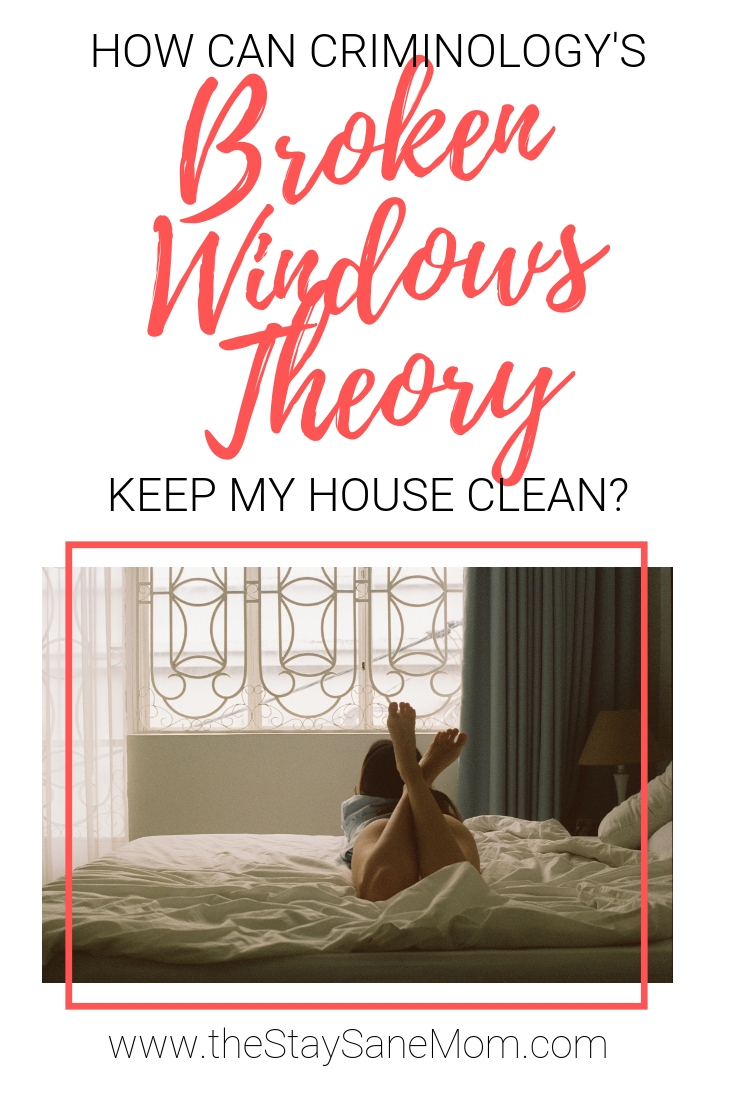
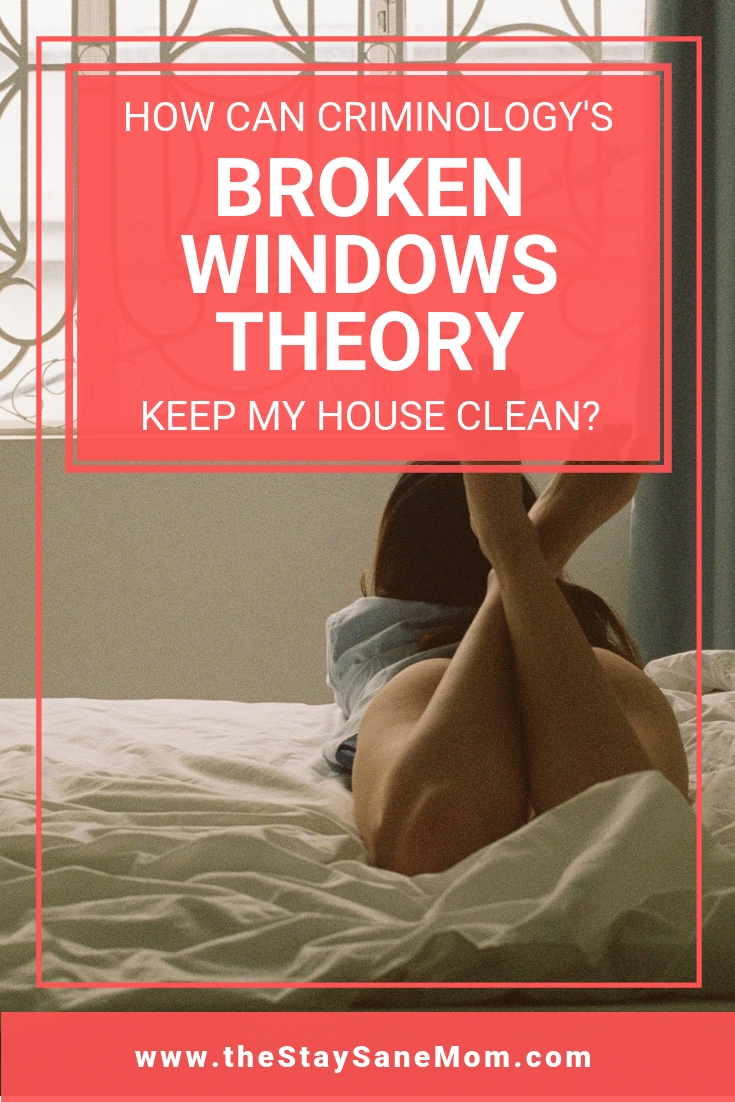
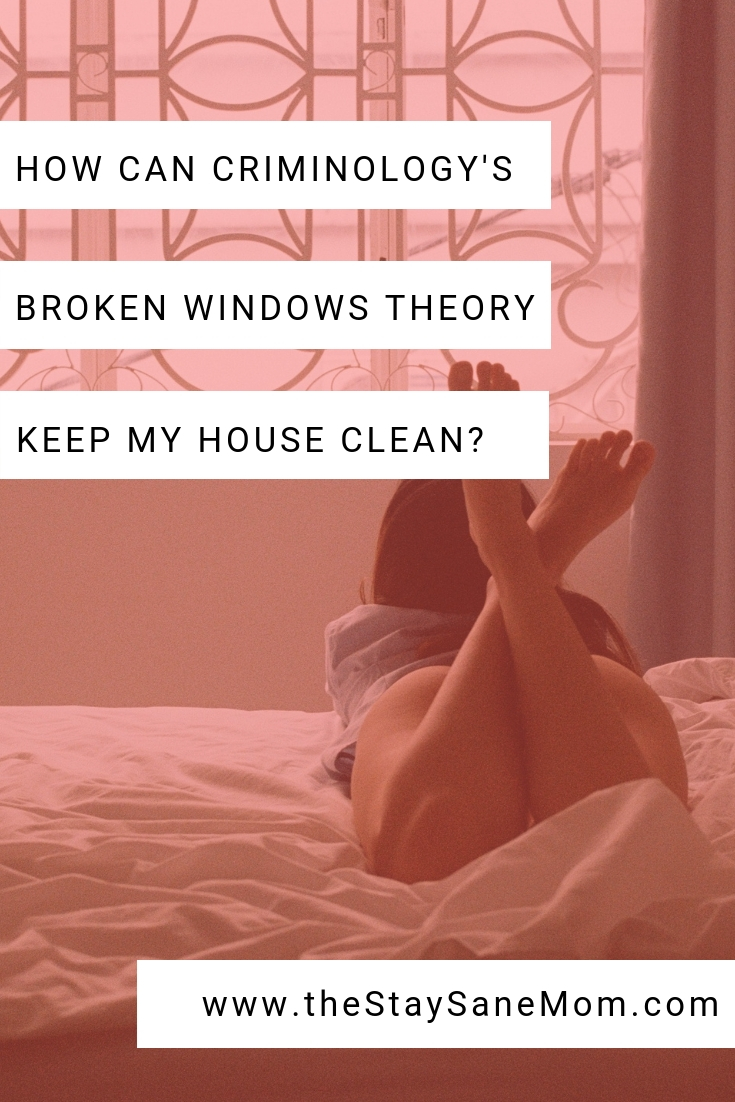
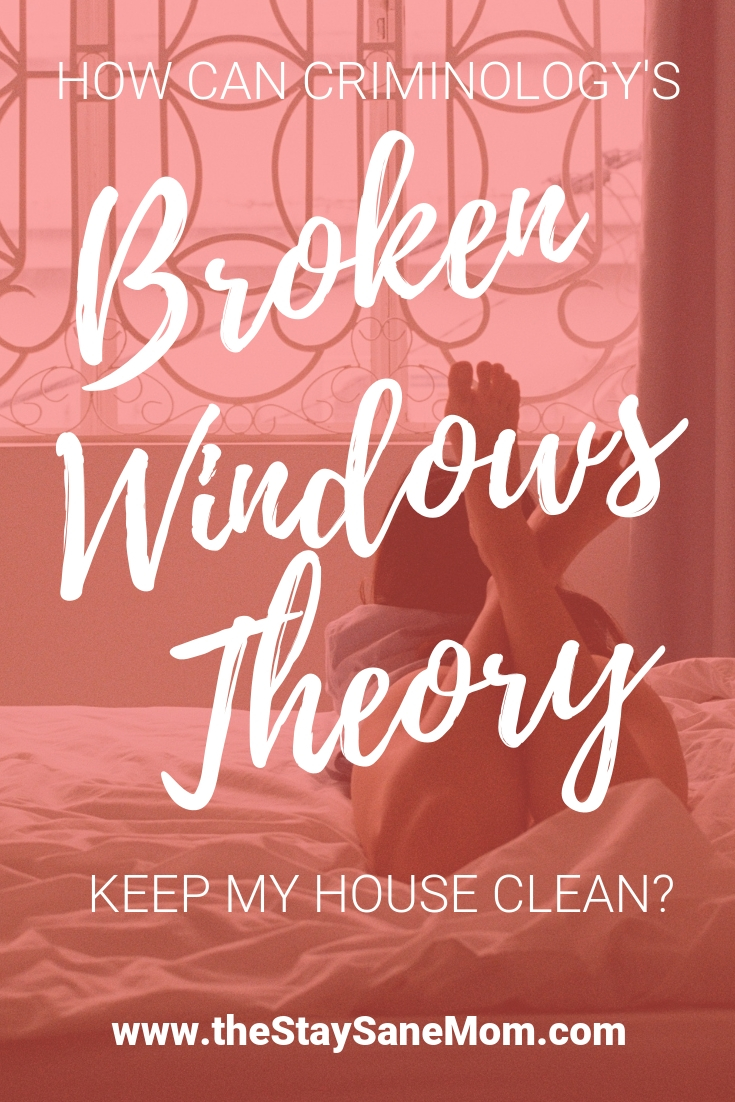
About the Author

Liz Bayardelle, PhD
Founder | Contributor
Liz (or Dr. Mommy, as her toddler started calling her after learning what a PhD was) is the happily sleep-deprived mom of a toddler (and professional raccoon noise impersonator), a sparkle-clad kidnado, a teenage stepdaughter, 200 cumulative pounds of dog, and herd of dustbunnies (if daily vacuuming doesn't occur). During nights and naptimes, she uses her PhD in business psychology as an author, speaker, and consultant. She also serves as an executive and principal for three companies, two of which she co-founded with her very patient (and equally exhausted) husband.




